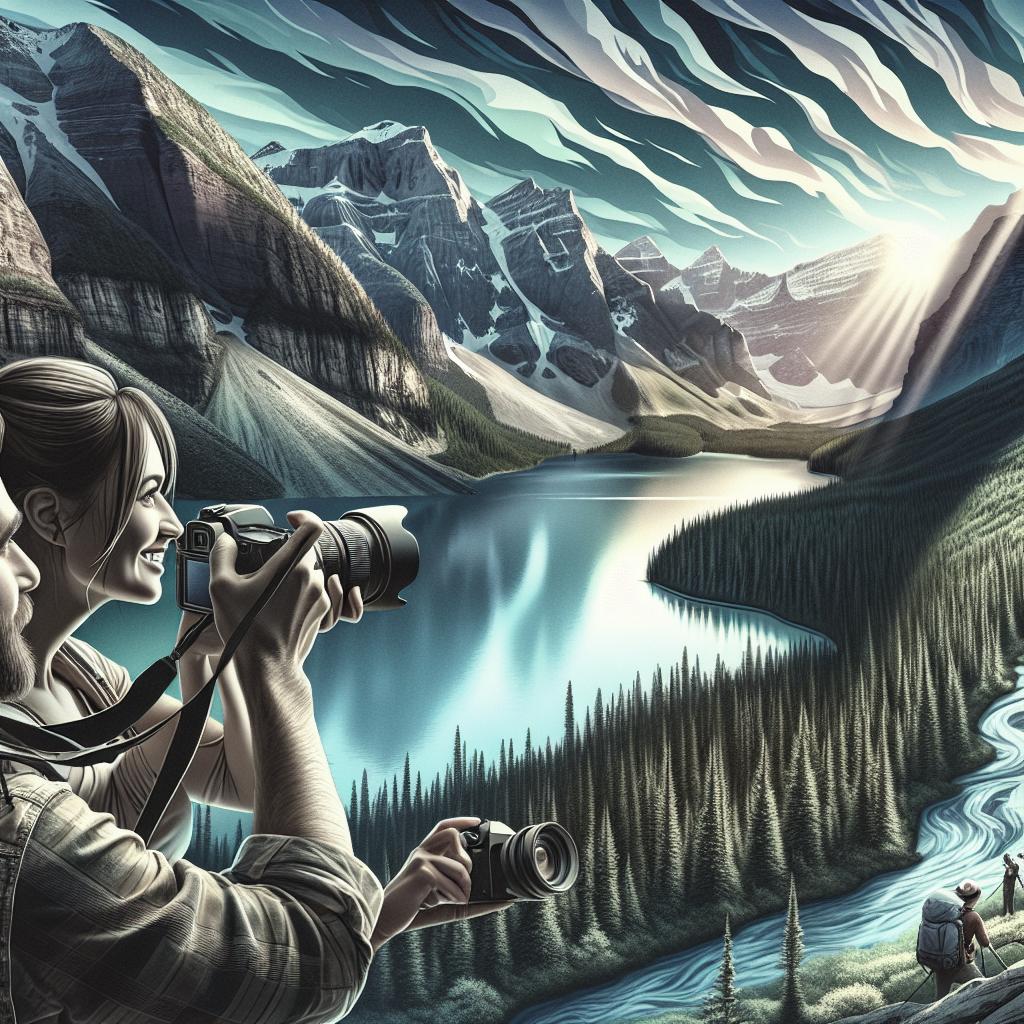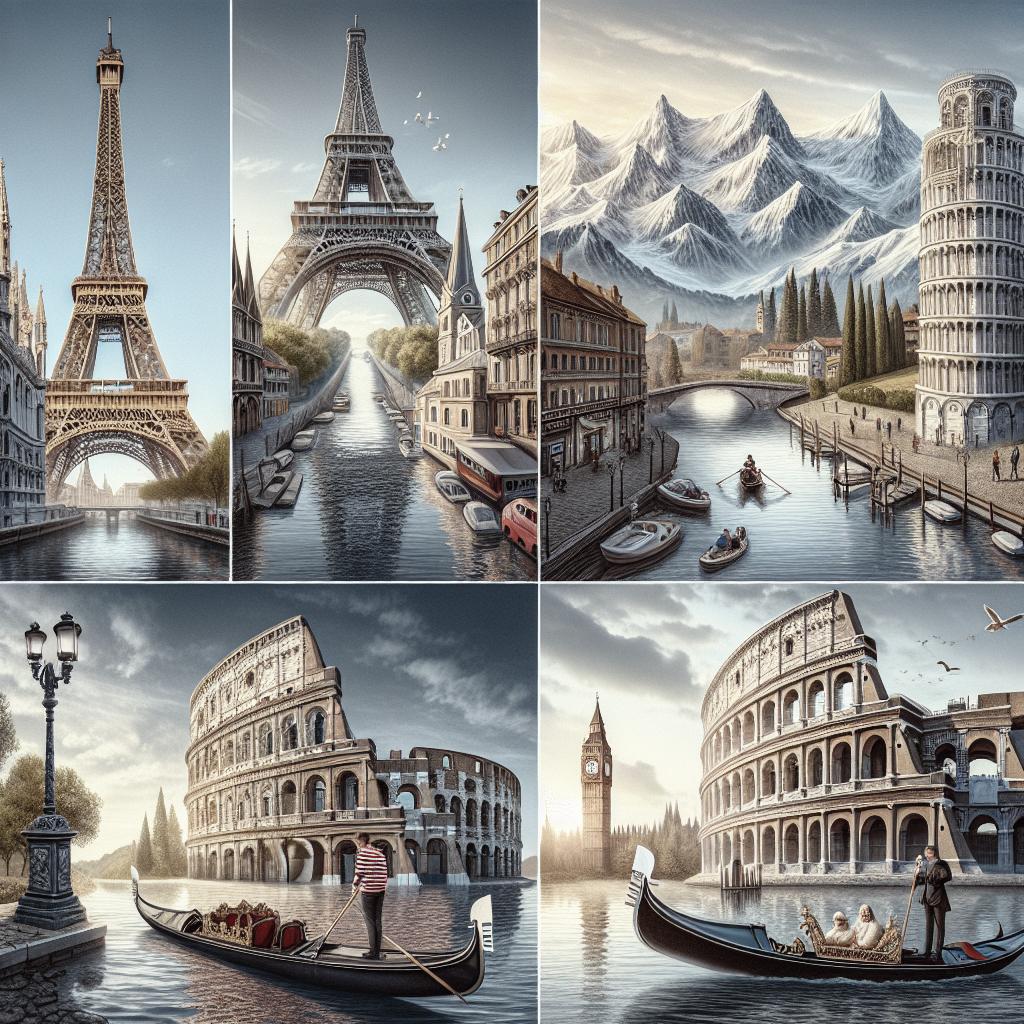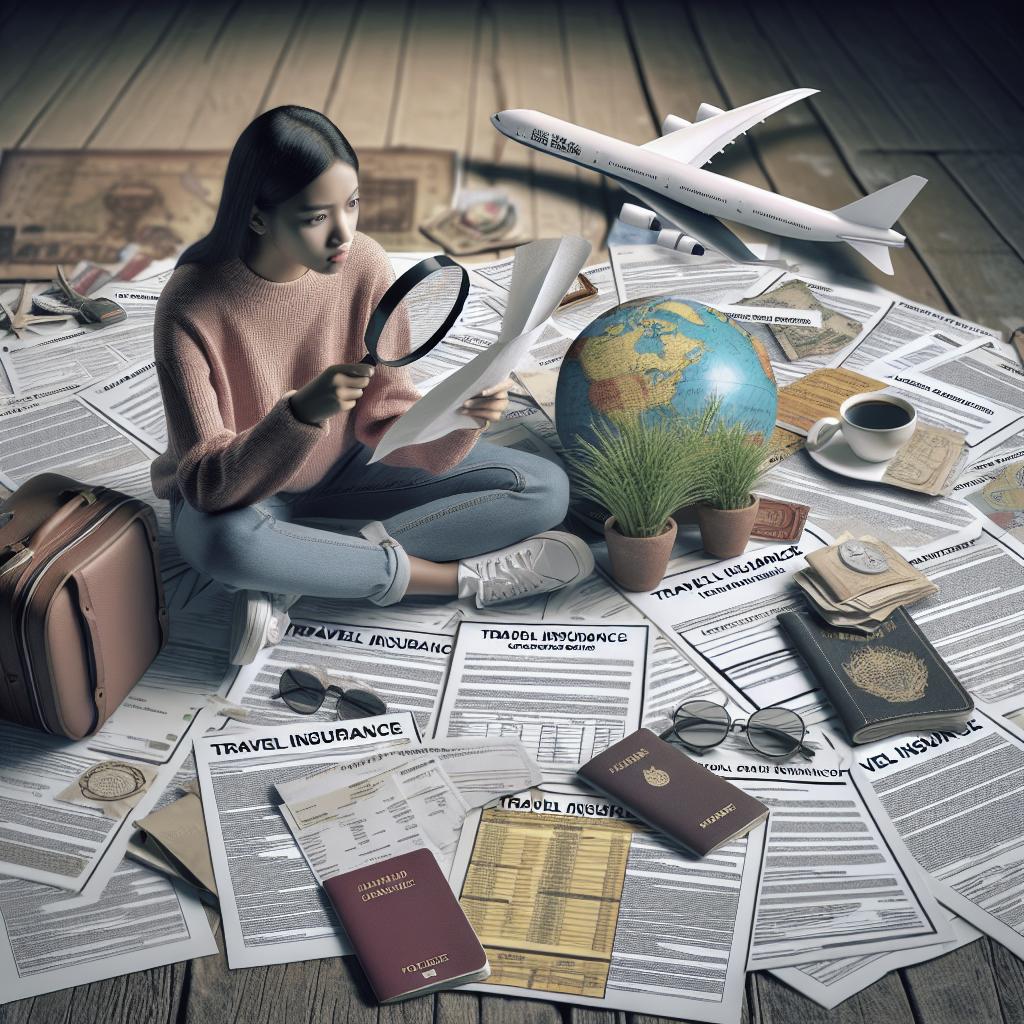“`html
How to Enjoy Travel Photography as a Hobby
Travel photography is more than just taking pictures while on vacation. It’s about capturing the essence of a place, its people, and its culture through a creative lens. Whether you’re exploring exotic landscapes, bustling cities, or serene countryside, travel photography allows you to document experiences that can last a lifetime. This article will guide you through the key aspects of enjoying travel photography as a hobby. We’ll explore the importance of light and color, the art of composition, and the essential gear needed for your photographic adventures. By learning these techniques, you’ll be able to create captivating images that tell compelling stories. Whether you’re a beginner or looking to hone your skills, this guide will help you appreciate and enjoy travel photography as much as the journey itself.
A Guide to Travel Photography
Travel photography is the pursuit of capturing images that define the spirit and character of destinations near and far. It’s about more than the photos themselves; it’s a pursuit that encourages exploration and, for many, forms a narrative that grants others a window into diverse worlds.
To start your journey in travel photography, it’s important to immerse yourself in your surroundings. Observe details without distraction and understand that every scene has a story to tell. Are you drawn to the bustling energy of city markets or the serene beauty of distant vistas? Let your interests guide your lens, as passion often translates into stunning imagery.
Travel photography invites you to capture moments that transcend geographic boundaries. Whether it’s a candid portrait on a sunlit street or the reflective stillness of a mountain lake, each image should reflect an emotion or narrative that transcends words.
Light and Color in Travel Photography
Weather and Light Conditions
The beauty of travel photography lies in its unpredictability, often driven by weather and natural lighting conditions. Understanding and manipulating light can change the mood of a scene drastically. Overcast days can produce soft, diffused lighting that is excellent for portraits, while the golden hour—shortly after sunrise or before sunset—casts a warm and inviting glow over landscapes.
Don’t shy away from severe weather conditions. Rain or fog can add an atmospheric layer to your photos and create evocative scenes filled with mood and mystery. Be prepared to adjust settings on your camera to accommodate varying light levels, ensuring exposure is balanced to avoid overexposed highlights or shadowed obscurity.
Directions of Light
Capturing the direction of light is crucial in setting the tone for travel photographs. Front light tends to flatten images, while side lighting is perfect for highlighting textures and creating depth in your shots. Backlighting creates stunning silhouettes and brings out a dramatic, ethereal quality in landscape and portrait photography.
Experiment with different sources of natural light to see how they affect the image. Shadow play, for instance, can dramatize compositions and add contrast that attracts the viewer’s eye. By being conscious of how light interacts with the subject, you can creatively manipulate conditions to enhance your captures.
Color
Color enhances the narrative of your travel images. It often communicates the unique character of a place, conveying vibrancy and life. Pay attention to the natural hues around you, integrating them harmoniously within frames or highlighting specific colors to make subjects stand out.
Understanding how color works in photography can improve composition and mood. Complimentary colors like blues and oranges can lead to balanced and eye-catching images, while monochromatic choices might communicate nostalgia or sophistication. Being mindful of color can help tell powerful stories through your photos.
Framing / Composition in Travel Photography
Be Clear About Your Subject
Framing in travel photography isn’t just about what’s in the shot, but also about intent. A distinct subject maintains focus and gives viewers a clear point to gravitate towards within the photo. When your image’s subject stands out, its impact instantly increases.
Traditional rules of composition can be applied to capture well-balanced and visually engaging photos. The Rule of Thirds, for example, provides guidelines on subject placement within a composition, often drawing the viewer’s attention more naturally than a center-weighted focus.
Allow natural elements such as trees, buildings, or pathways to organically frame your subject. This not only helps to create depth but also leads the viewer’s gaze towards the focal point, enhancing the narrative quality of your images.
Travel Photography Gear Essentials – What to Bring
Your travel photography setup doesn’t need to be extensive, but having the right gears is critical for capturing diverse scenes you’ll encounter. Start with a versatile camera or a quality smartphone with manual controls if you prefer traveling light.
Lenses play a significant role: consider bringing a wide-angle lens for landscapes and a zoom lens for capturing details and wildlife. A lightweight tripod is valuable for ensuring stability during low-light conditions or when shooting long exposures. Additionally, spare batteries and memory cards should always be part of your pack.
Beyond digital equipment, carry cleaning kits to keep lenses spotless while on the go and a protective case or bag to safeguard your items from unpredictable weather. With these essentials, you’re geared to embrace the photographic journey that travel brings.
Final Thoughts
| Section | Content Summary |
|---|---|
| A Guide to Travel Photography | Explore the essence and purpose of travel photography, encouraging exploration and narrative creation. |
| Light and Color in Travel Photography | Learn how weather and light conditions, direction of light, and color influence mood and composition. |
| Framing / Composition in Travel Photography | Emphasize subject clarity and apply compositional rules for balanced, engaging images. |
| Travel Photography Gear Essentials – What to Bring | Identify key equipment that fosters flexibility and readiness for capturing diverse travel scenes. |
“`


